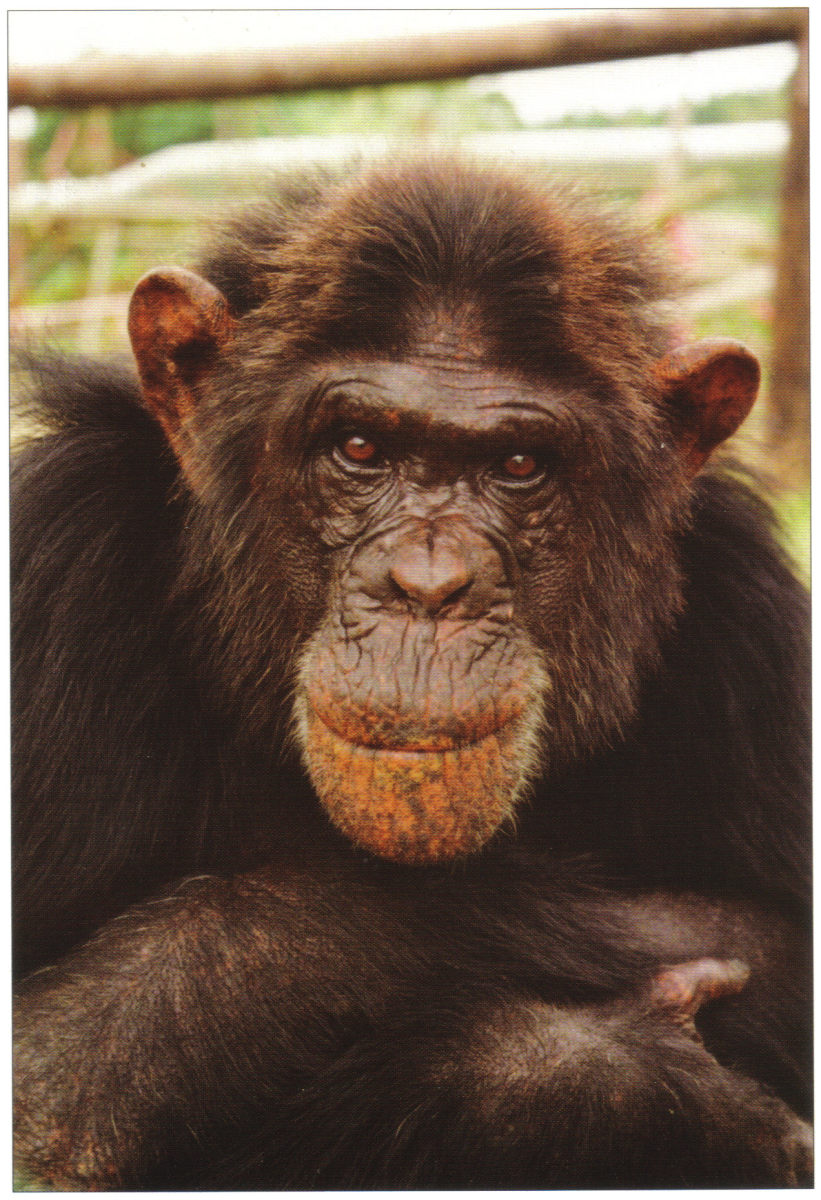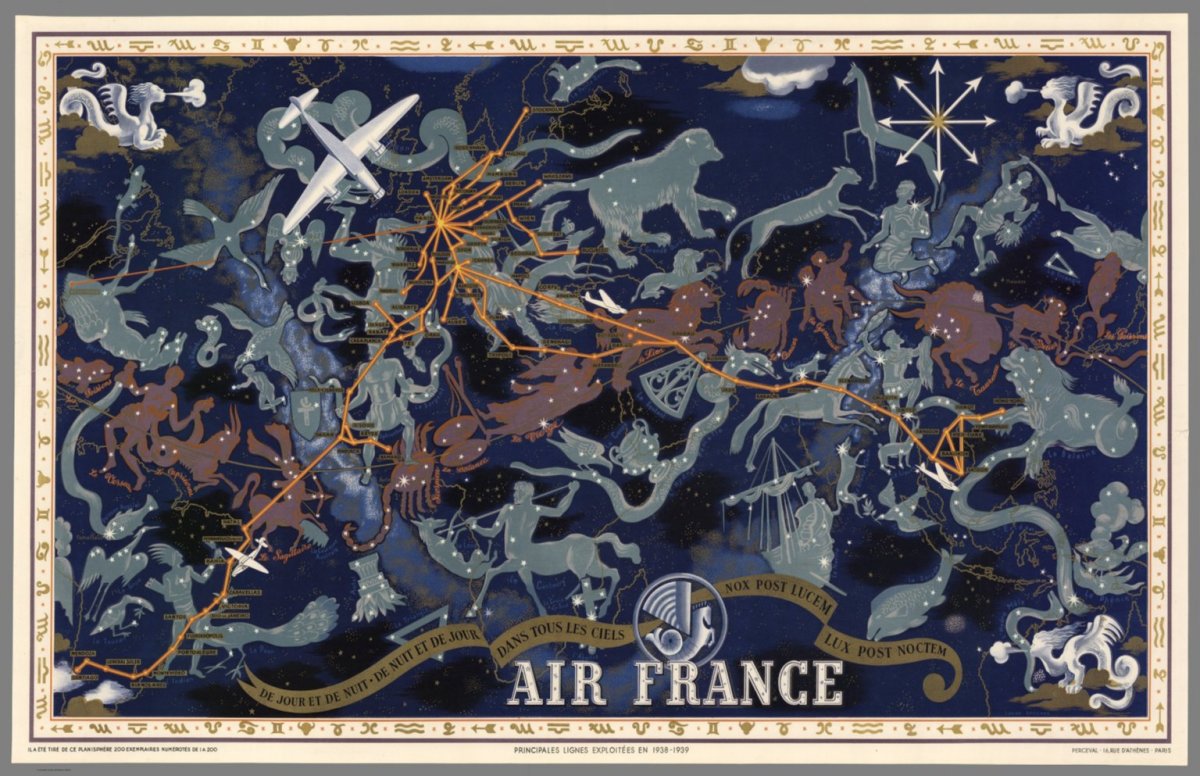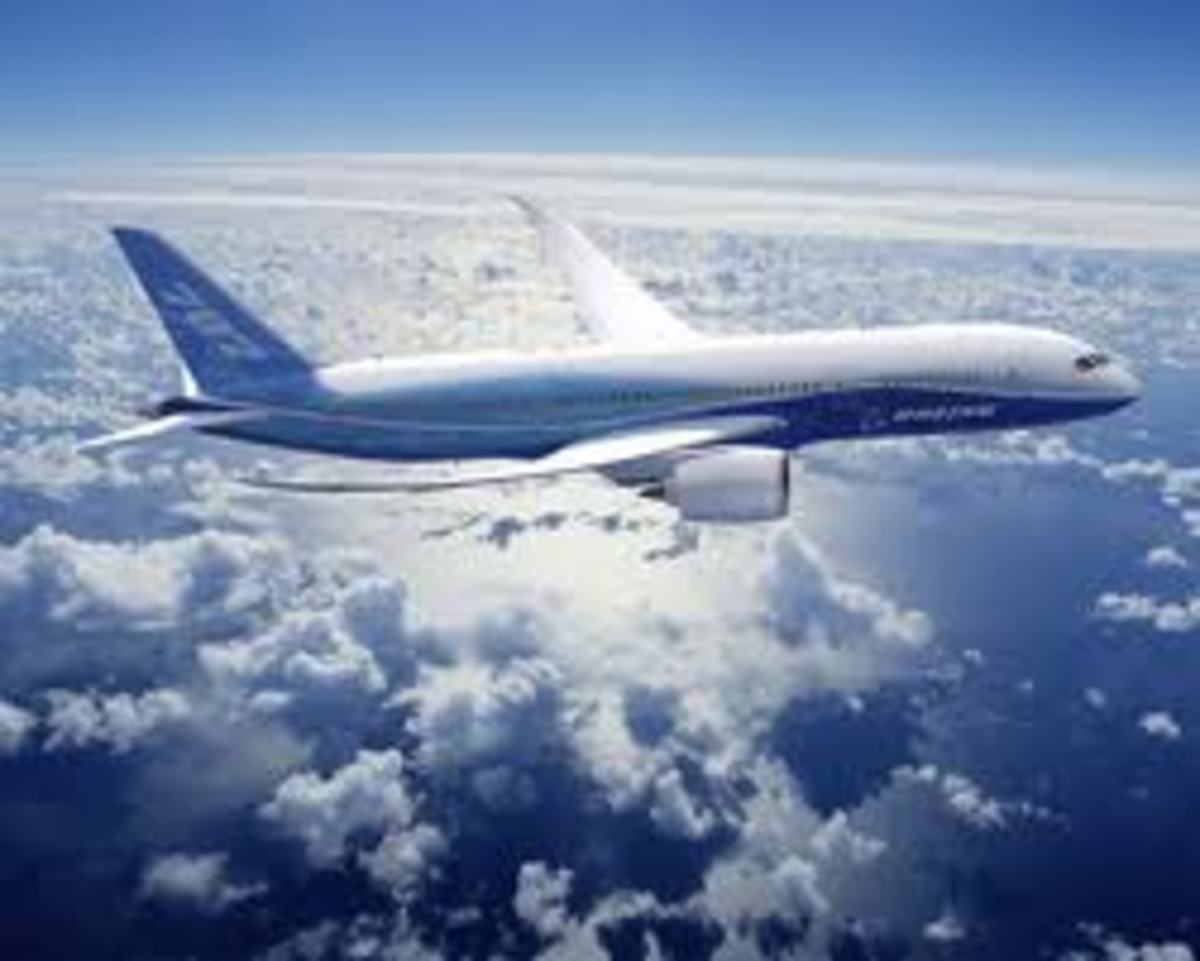Air France Review and a Disturbing Fact Uncovered
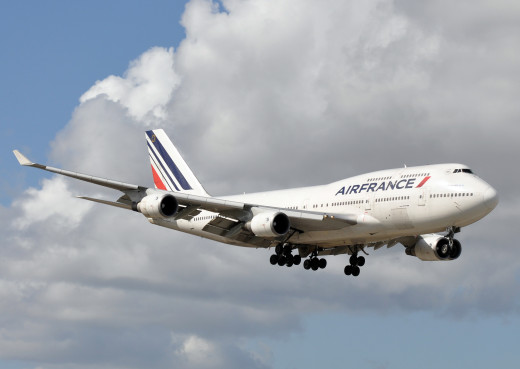
This article began as a review of my experience flying economy class with Air France on a recent trip from the United States to Europe. As I researched the airline, I found a disturbing fact about Europe’s largest airline carrier. Air France transports live monkeys to laboratories around the world. In fact, they are the only commercial airline that still transports primates to research labs. 1
This find originally shifted the content of this article. Instead, to be fair, I have kept my review intact as recorded during and immediately after my Air France economy flight. I assessed my experience and graded my flight prior to gathering the knowledge that Air France ferries monkeys to labs. Detailed information about the airline’s monkey business can be found later in this article.
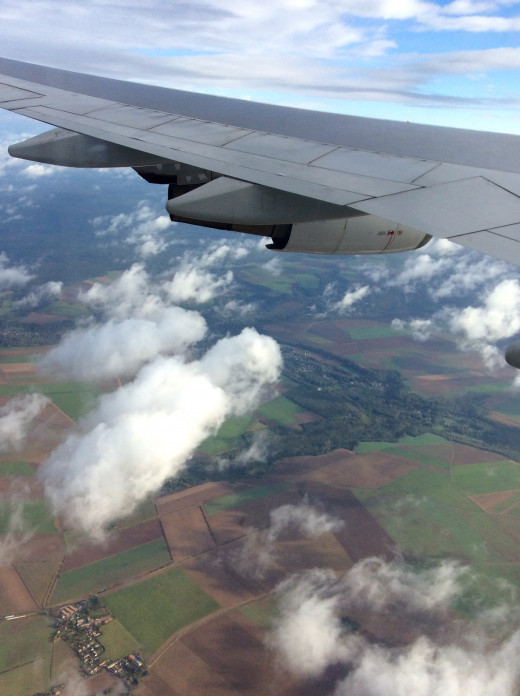
My Air France Flight Review
As an army brat, I have moved and traveled frequently to multiple countries. I am an avid and passionate traveler, having flown many transatlantic flights to Europe and the Caribbean. This was not my first time on Air France but it was my first in a long time with this airline. Here are some quick facts setting up my flight experience:
- Flight from Hartsfield-Jackson Atlanta International Airport to Paris Charles De Gaulle Airport
- 747 Aircraft
- Approximately an eight hour flight
- Departed early evening a few minutes late
- Landed in the morning approximately on time
- Vegetarian meal option ordered
The scorecard below evaluates my flight experience in a grading format. Detailed experiences are listed below the table.
Air France Economy Class Flight Review
Legroom
| D
|
Overall Seat Comfort
| C
|
Food
| B
|
In-Flight Entertainment
| A
|
Service
| A -
|
Overall Grade
| C +
|
Legroom on Air France
We were seated in a pair of seats directly behind the exit row in the middle of the airplane (on the bottom “deck” of the 747). My husband and I are both on the taller side but thin, so although we typically find the seat size adequate, the legroom is almost always an issue. The legroom on this Air France flight, however, was easily the tightest we have experienced. There was almost zero space between where my knees ended and the seatback began. All the airlines have challenges with legroom but our situation on Air France was among the worst I have experienced.
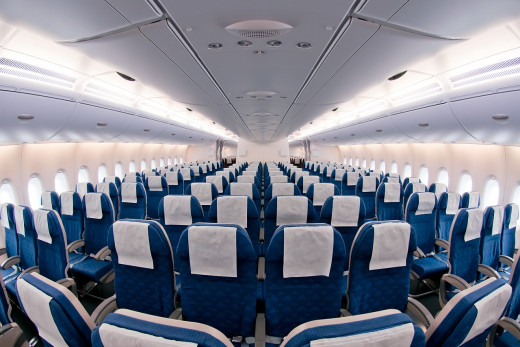
Seat Comfort on Air France
The seat comfort on our Air France flight was adequate. Of course, we inflated our expectations since it was a long haul on a classic double-decker, jumbo 747 aircraft. There were three notable characteristics about our seats. First, the seats were exceptionally thin, almost “flimsy” looking and feeling. Secondly, they seemed exceptionally narrow. It was difficult to navigate elbows when eating and would have been impossible had we been seated in a three-person row. Finally, an impressive entertainment screen was mounted into the back of each seat.
Food on Air France
I highly recommend ordering the “vegetarian” meal or any of the other special meals offered on an airline for two good reasons. The flight attendants serve the special meals first so you get your meal early and piping hot. Secondly, not as many passengers order a special meal so the quantity prepared is exceptionally smaller compared to the mass quantities of standard meals that are prepared in assembly line fashion. This will not guarantee better quality but in our case, it did.
- Dinner: We feasted on good vegetarian spinach lasagna for dinner with complimentary, but very basic, red wine (Merlot or Syrah).
- Snacks: The flight attendants came around with ice cream sandwiches after dinner, which we did not have, and refilled wine glasses. The beverage cart made a few passes.
- Breakfast: Near the end of the flight, our breakfast served up a light fruited yogurt, mixed fruit, a small croissant, and bread with jam. Orange juice came with the meal and coffee was also served along with the beverage cart options.
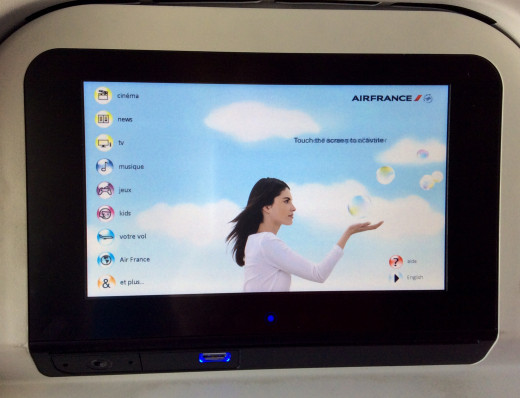
In-Flight Entertainment on Air France
Despite the lack of legroom and somewhat uncomfortable seat, the on-board “entertainment” was top notch. Those screens embedded into the seat backs offered hours of entertainment to pass the time and help us forget about the cramped quarters.
The in-flight system offered hundreds of current and retro movies, television sitcoms, news programs, travel programs, cartoons, music videos, and games. A wellness section presented a relaxation series to “guide you through a restful flight.” You could track your flight through an interactive map and even download airport maps. You could search through the various options in a host of languages including: French, English, German, Arabic, Japanese, Chinese, Spanish, and Portuguese. A USB hookup allowed you to charge up your electronics in flight.
Service on Air France
Good service made our flight more enjoyable. The flight attendants were friendly, prompt, and helpful. They spent time talking with passengers and were always available. A pillow and blanket donned every seat, and amenity kits were passed out that included comfortable headphones, a sleep mask, and moist towels. All instructions were announced in both French and English. You could request assistance through the video system in the seat back.
___________________________________
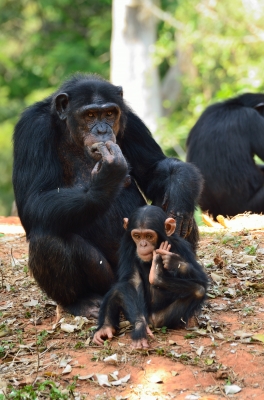
Shocking Monkey Business
Air France maintains the unique status as the only remaining passenger airline to transport live monkeys to research labs around the world. Dr. Jane Goodall, considered the world’s foremost expert on chimpanzees, recently urged Air France to discontinue shipping these primates to medical research labs in England, the United States, and other parts of the world.
In a letter to the airline’s chief executive, Goodall explains that the monkeys that Air France transports “have been traumatically captured in the jungle” or are “forced to breed at horrendous monkey farms.” In the letter, Goodall cites a recent expose from a supplier serviced by the airline that shows baby monkeys “being roughly ripped from their mothers and crudely tattooed for identification while fully conscious.”2
Unfriendly Skies
Animal Defenders International, a non-profit animal lobbying organization, says that the stress endured by primates during their airline travel can have a tremendous effect on their well-being. Here, the organization describes the experience for the transported primates:3
The first leg of a typical journey is from the local breeding centre to the nearest international airport. The primates are locked up in crates with individual compartments typically measuring between 0.05 and 0.1 meters. Very often, primates are brought to the airport 12-20 hours prior to aircraft loading to allow time for packing and paperwork processing. Flight times depend on the distance being covered and the availability of direct routes.
The journey time from the UK or a Europe-based airport to the primates’ final destination, which normally commences after a four hour wait for the animals to be passed through customs, lasts at least 28 hours and in some cases 70 hours or more.
Air France defends its monkey transportation claiming it is a “highly supervised activity” and that is important to medical research. The airline says it complies with regulations and has strict standards to ensure the animals have optimal conditions of transport.4
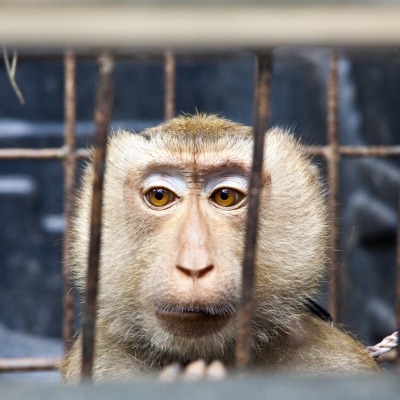
Primates in Labs
The issue of experimenting on primates in medical research labs is a controversial one. Researchers have said that the many similarities these animals hold to humans makes them ideal research subjects but it’s exactly this fact that makes the issue an ethical dilemma.
Consider a National Institute of Health (NIH) study where monkeys were used to model environmental risk factors associated with human mental illness. Baby rhesus monkeys were subject to various disturbing experiences including being separated from their mothers shortly after birth, assessing how the monkeys responded when their mothers were sedated and lost consciousness, and being intentional startled with loud noises. The baby monkeys were also subjected to spinal taps and intracranial medications.

Video clips from these experiments obtained through a Freedom of Information Act request by People for the Ethical Treatment of Animals (PETA), include a study of the fright response in infants. A distressed baby monkey is shown alone in a tiny mesh “startle chamber”, while being exposed to loud and sudden noise.5
Recently, the National Institute of Health has started to back away from using primates, specifically chimpanzees, in its research studies. An NIH advisory panel that made the recommendation said the agency should “emphasize the development and refinement of other approaches, especially alternative animal models.”6
Scientific advances in recent years have allowed for alternate methods of research. This is a positive step but much more needs to be done to eliminate lab studies on primates.
Will you fly on Air France knowing that the airline ships live monkeys to labs?
Choosing Not to Fly Air France
The fact remains that Air France is the solo passenger airline still transporting these primates. All other major passenger airlines have either never been involved or have abandoned the business of ferrying monkeys to labs. Often the business was abandoned due to consumer pressure.
Regardless of where you stand on this ethical issue, knowledge about what a company you patron is involved in is important. Passengers that choose to fly with Air France might unknowingly be sharing their flight with monkeys trapped in the cargo space below. As a consumer, it is your decision to indirectly support this business with your ticket purchase or not.
Until Air France abandons its monkey shipping business, I choose to no longer fly with this airline.
What Can Consumers Do?
- Choose not to fly on Air France until they abandon shipping primates.
- Use word-of-mouth and social media to inform others about the truth. You can share this story easily using the links listed above for Facebook, Twitter, Pinterest, or Google +.
- Let Air France know that you would like them to stop shipping primates in their airplanes. You can contact corporate customer service following this link.
___________________________________
Sources
1Wadman, Meredith. “Angering Animal Welfare Activists, Mauritius Invites Primate Research Labs to Set up Shop.” Science | AAAS, American Association for the Advancement of Science, 26 July 2017, <http://www.sciencemag.org/news/2017/05/angering-animal-welfare-activists-mauritius-invites-primate-research-labs-set-shop>.
2 "Jane Urges Air France to End Their Part in Shipping Live Primates." The Jane Goodall Institute. The Jane Goodall Institute, 13 May 2014. Web. 18 Feb. 2015. <http://www.janegoodall.org/blogs/jane-urges-air-france-end-their-part-shipping-live-primates>.
3 "The Transportation of Primates for Research." Animal Defenders International. Animal Defenders International, 5 Sept. 2014. Web. 18 Feb. 2015. <http://www.ad-international.org/adi_usa/go.php?id=3756&ssi=0>.
4 Meikle, James. "Jane Goodall and Peter Gabriel Urge Air France to Stop Ferrying Lab Monkeys." The Guardian. Guardian News and Media Limited, 20 May 2014. Web. 18 Feb. 2015. <http://www.theguardian.com/science/2014/may/20/jane-goodall-peter-gabriel-air-france-stop-monkeys-transport>.
5 Ferger, Jessica. "Questions Raised about Mental Health Studies on Baby Monkeys at NIH Labs." CBSNews. CBS Interactive, 8 Sept. 2014. Web. 18 Feb. 2015. <http://www.cbsnews.com/news/mental-health-experiments-on-baby-monkeys-at-federal-nih-labs/>.
6 Fine Maron, Dina. "NIH Will Curb Research on Chimps." Scientific American. Nature America, Inc., 26 June 2013. Web. 18 Feb. 2015. <http://www.scientificamerican.com/article/nih-curb-research-on-chimp/>.



